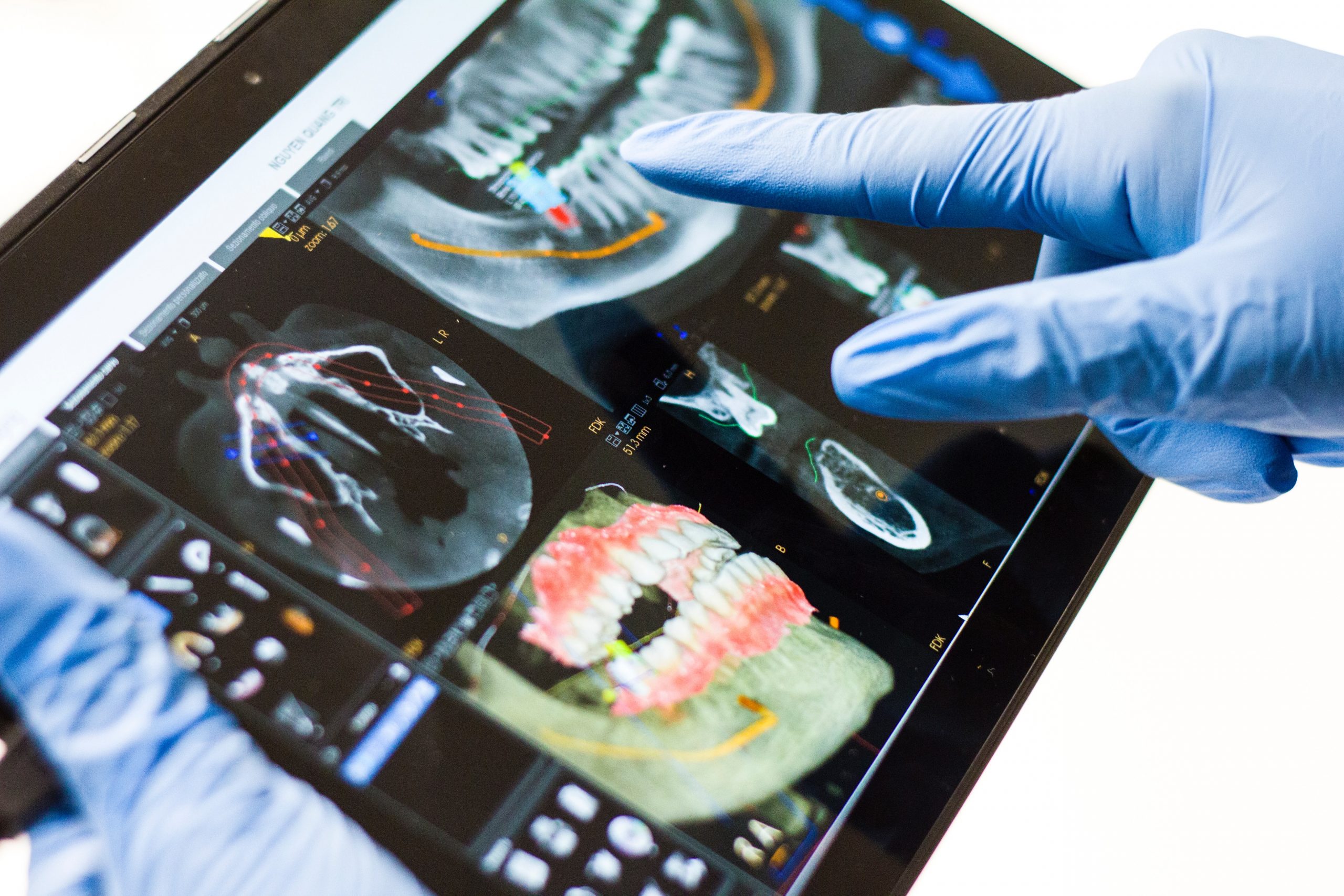
Artificial Intelligence Augment Nephrologists’ Intelligence
(AI) now performs a crucial function in nearly every area of our daily lives and academic disciplines; medicine isn’t an exception. According to the father of the field, McCarthy, AI is described as the science and engineering of making intelligent machines that behave in a way that might be considered intelligent if it was a human being. In the past decades, the increase of computing power, advances in strategies and techniques, and the explosion of the number of facts highly expanded AI’s ability to resolve a broader spectrum of tasks. Let’s find out how AI can augment nephrologists’ intelligence.
Kidney disease is a critical clinical and public health burden globally, with each acute kidney injury and persistent kidney disease bringing approximately excessive morbidity and mortality in addition to a massive monetary burden. Patients with kidney disease have an excessive heterogeneity in disease manifestation, progression, and remedy response. AI can help shed light on the precision medication in kidney disease for greater specific phenotype and outcome prediction. Recently, Chen made a step closer to precision nephrology with the aid of using developing a machine-learning-aided risk prediction version for immunoglobulin A nephropathy (IgAN). Compared with the previous prediction models for IgAN which used standard modeling with a small variety of predefined variables, Chen et al. employ supervised machine-learning strategies to well capture the beneficial facts below the big data. They used the eXtreme Gradient Boosting (XGBoost) technique to learn the regularity directly from the 36 candidate features without pre-steps of characteristic selection. XGBoost is an ensemble learning method a sequence of iteratively constructed decision trees at the preceding ones. The method has each specific prediction overall performance and generalization cap potential in numerous quantities of risk prediction tasks. Kidney diseases are known to be highly multifactorial, have complicated and overlapping clinical phenotypes and morphologies, and have late prognosis and persistent progression. Even though the existing studies and implemented works have made positive contributions to more correct and well-timed prediction and a better understanding of histologic pathology, there are lots greater to be accomplished to unleash the full potential of AI and bring actual benefits to patients and clinicians in nephrology. Rather than replacing clinicians, AI augment nephrologists’ intelligence in diagnosis, prognosis, and treatment decisions.











